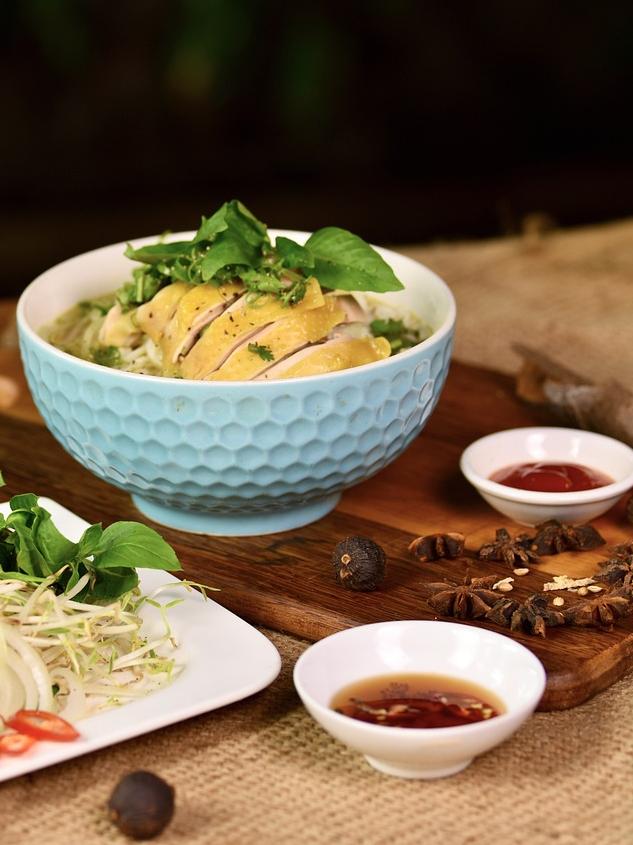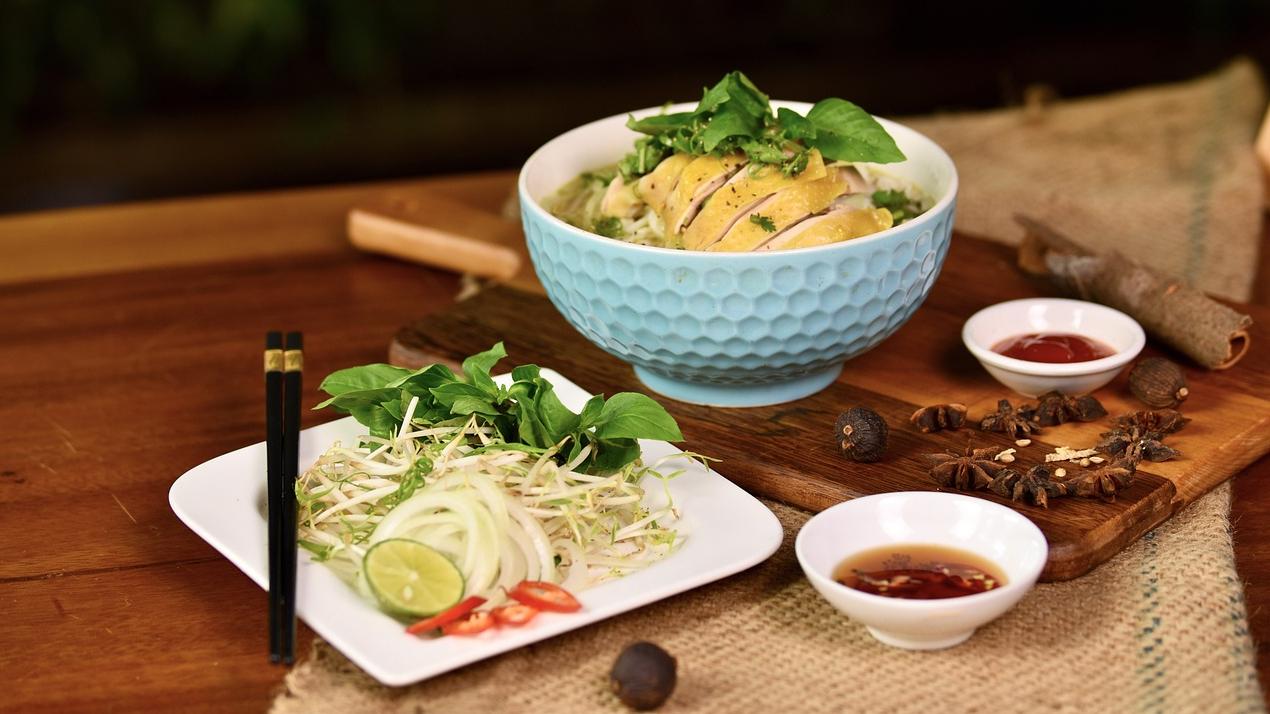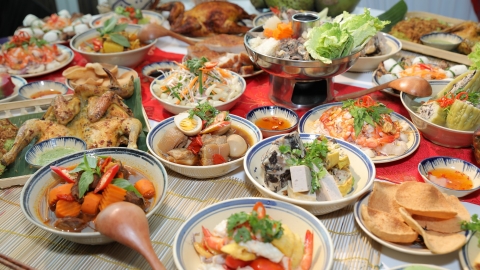Vietnamese cuisine is a tantalizing blend of flavors, colors and textures that has captured the hearts and taste buds of food enthusiasts around the world.
Famous for its fresh ingredients, aromatic herbs, and balance of sweet, sour, salty, and umami (the essence of deliciousness), Vietnamese cuisine offers a unique and unforgettable experience, according to author Akarshit Gupta.
The author also provides some useful information about Vietnamese cuisine, including its history, key ingredients, iconic dishes, and the extent of its culinary influence.
Five points of balance for food
Like many other Asian culinary traditions, Vietnamese food is maintained according to the principles of Xu Wing and Mahābhūta. These philosophies emphasize the importance of achieving harmony between the five essential taste components: sweet, sour, salty, bitter and spicy, creating a balanced eating experience in every meal.
In Vietnam, breakfast is predominantly savoury and less sugary cereals are eaten. The Vietnamese breakfast ritual is typically hot soups like pho or vermicelli; fragrant broken rice and delicious hot crispy bread. This is considered part of Vietnamese culture. And although pho has become so popular that it is traditionally a morning staple, it can be enjoyed at any time of the day.
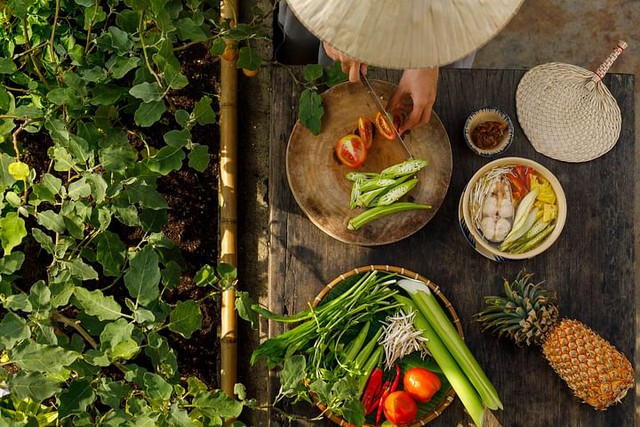
Diverse spices combined in Vietnamese dishes. Photo: Pixabay
Plus, with Vietnam's hot climate, it's no surprise that people tend to prefer cool, liquid desserts.
Sweet dishes such as "che" are very attractive and often appear in desserts. Besides, drinks and puddings are also often chosen desserts. The common feature of these dishes is that they will be combined with coconut milk, green beans or black beans and many different types of fruits. The author is especially impressed with the delicious and fatty corn che or banana che in Vietnam.
According to the author, Vietnamese cuisine often brings different flavors according to the 3 regions of North, South and Central, each region has its own culinary identity. Although there are still some common elements between different cuisines, Vietnamese people are still very proud of the unique characteristics of regional cuisine.
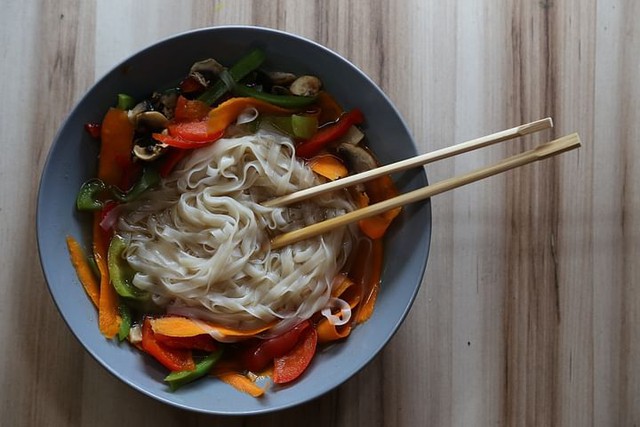
Famous rice paper rolls in Vietnam. Photo: Pixabay
For example, in northern Vietnam, dishes tend to be less spicy or favor the spiciness of black pepper over chili. On the other hand, central cuisine is famous for its complex blend of spicy flavors, creating a captivating complexity. Meanwhile, southern Vietnamese cuisine is likened to an interesting symphony of sweet flavors that stimulate the taste buds.
Familiar street foods and drinks
As the world’s second-largest coffee exporter, there’s nothing special about Vietnamese coffee beans. Affectionately called “rocket fuel” by some, Vietnamese coffee is rich and full of flavor. Vietnamese coffee also awakens the senses and gives you a boost of confidence throughout the day.
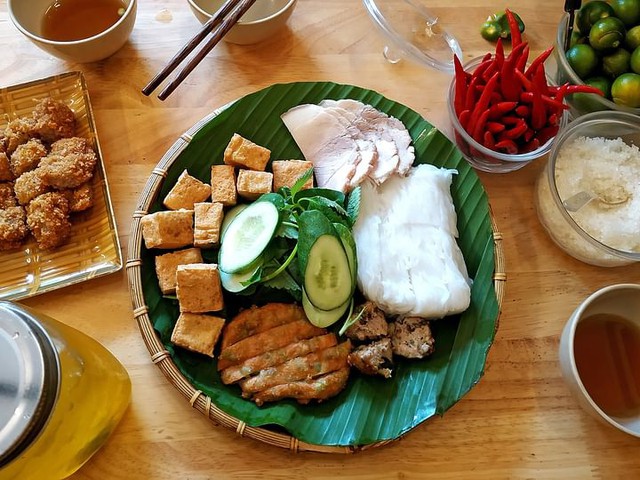
The taste of the dish can vary by region. Photo: Pixabay
Especially the milk coffee always leaves a deep impression on the drinkers. Not only the locals but also international tourists are fascinated with this street drink that can be found anywhere in Vietnam.
Another favorite delicacy in Vietnam is blood pudding, usually made from duck or pig blood. It is served with fish sauce, cooked meat, and a variety of herbs.
In terms of taste, blood pudding brings a cool, fragrant and fatty feeling, often enjoyed with strong alcohol. Although this is a popular dish for special occasions, diners can also find blood pudding served on the bustling streets of Vietnam.
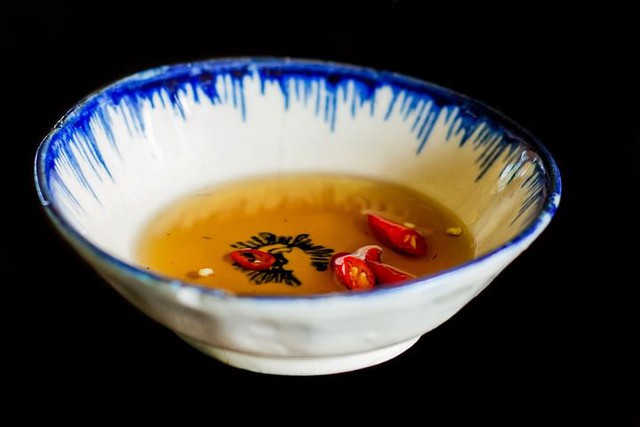
Fish sauce is the spice considered the soul of Vietnamese dishes. Photo: Pixabay
As the soul of Vietnamese cuisine, fish sauce is also considered the essential foundation of Vietnamese cuisine. This condiment plays an important role in many iconic Vietnamese dishes, including pho, spring rolls, banh xeo, broken rice, grilled pork rice and countless others. The Vietnamese culinary tradition has an invaluable contribution from this special ingredient.
In addition, balut is also an affordable, delicious and nutritious street snack widely sold throughout Vietnam. These eggs are especially loved by Vietnamese children, similar to the boiled chicken eggs that children in Western countries often eat. Served with essential spices such as ginger and Vietnamese coriander leaves, beautifully presented, diners can find balut at any street food stall in Vietnam./.





